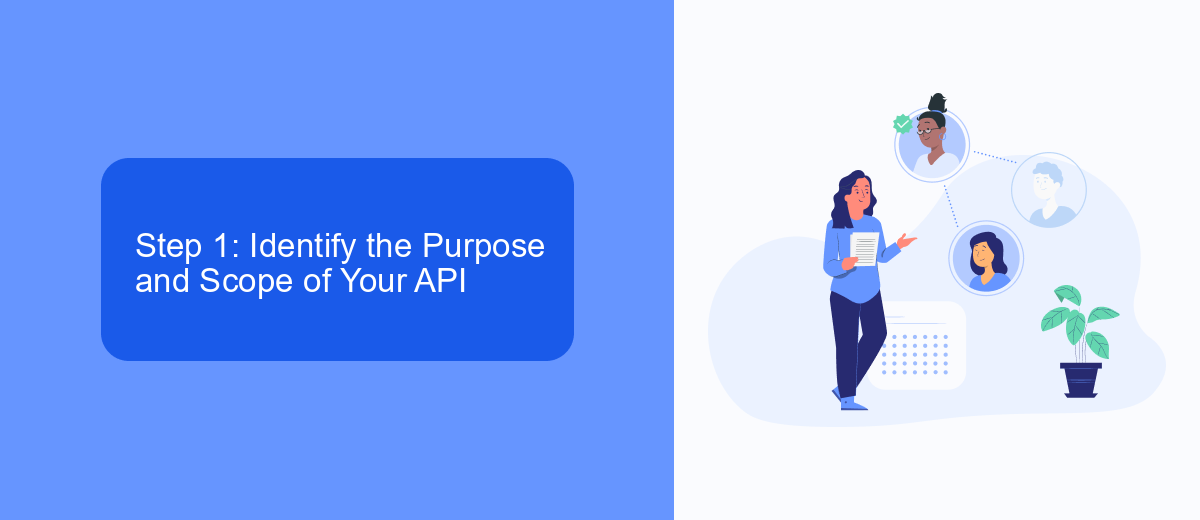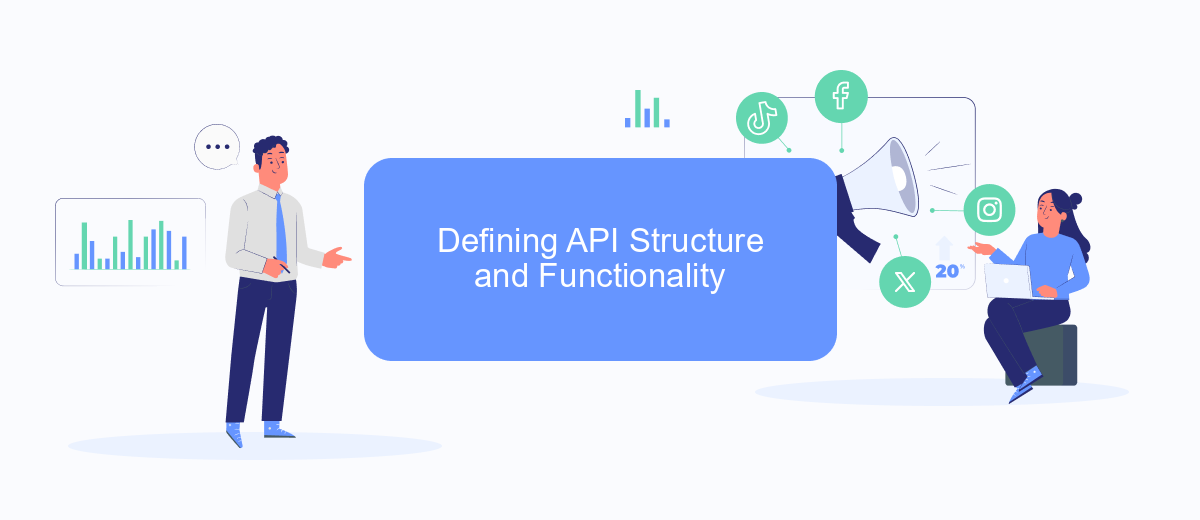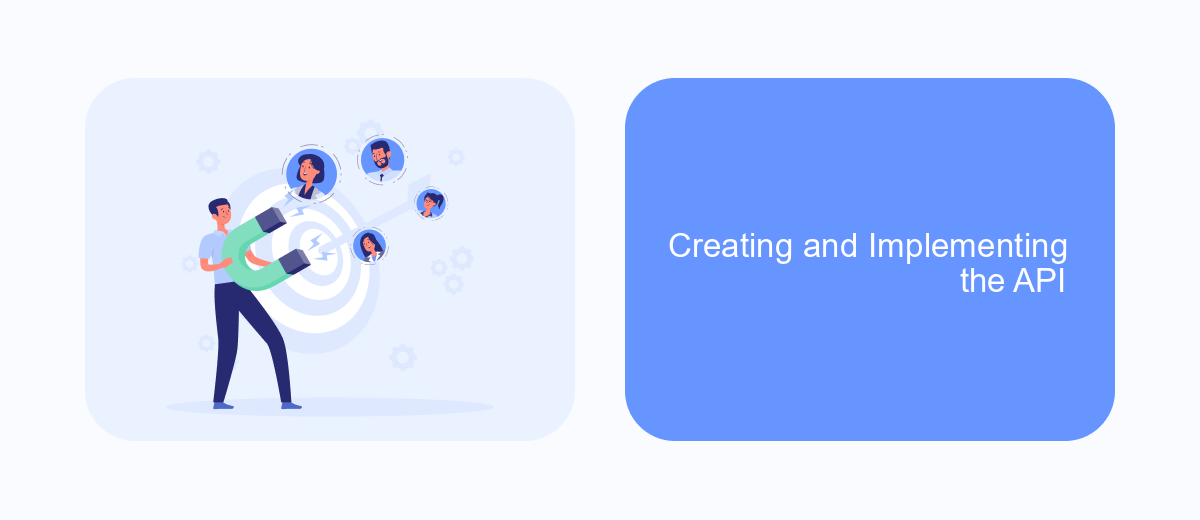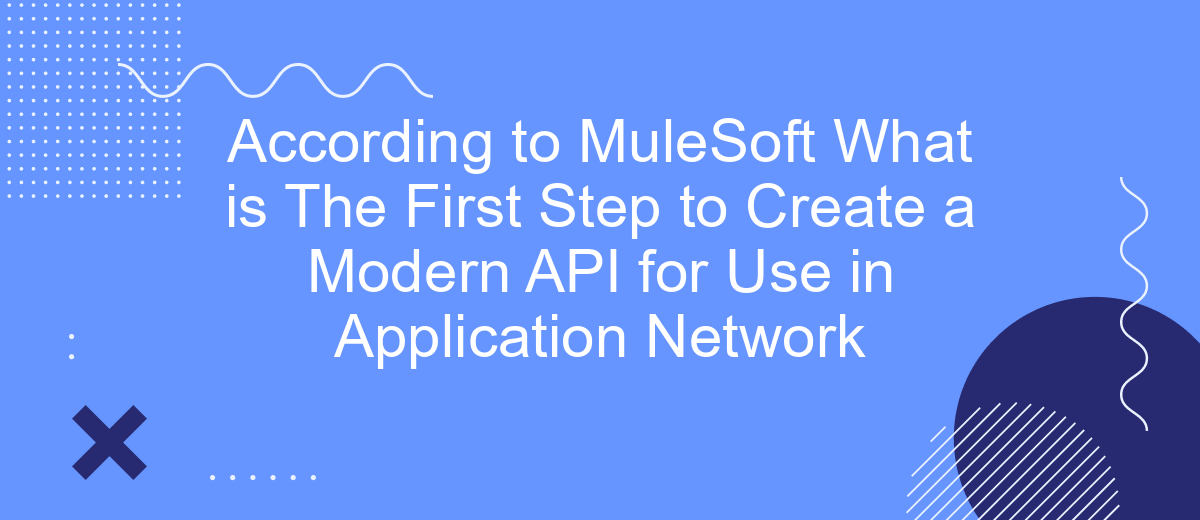Creating a modern API is fundamental for building a robust application network, and according to MuleSoft, the first step is to design the API with a consumer-centric approach. This involves understanding the needs and expectations of the end-users to ensure that the API delivers value and facilitates seamless integration. Proper design sets the foundation for a scalable and efficient application ecosystem.
Understanding APIs in the Application Network
APIs, or Application Programming Interfaces, play a crucial role in the application network by allowing different software systems to communicate with each other. They act as intermediaries that enable seamless data exchange and functionality sharing between applications, which is essential for creating a cohesive and efficient digital ecosystem.
- Facilitating data integration between disparate systems
- Enhancing the functionality of existing applications
- Enabling real-time data synchronization
- Improving scalability and flexibility of services
In the context of modern API creation, services like SaveMyLeads can be invaluable. SaveMyLeads offers a platform that simplifies the process of integrating various applications by automating lead data transfers. This not only streamlines operations but also ensures that businesses can focus on their core activities without worrying about the complexities of manual data integration. Utilizing such services can significantly enhance the efficiency and effectiveness of an application network.
Step 1: Identify the Purpose and Scope of Your API

The first step in creating a modern API for use in an application network is to clearly identify its purpose and scope. Understanding the primary goals and functionalities of your API is crucial for ensuring it meets the needs of its intended users. Determine what specific problems the API aims to solve, which services it will interact with, and the data it will handle. This foundational understanding helps in designing an API that is both efficient and scalable.
Once the purpose is clear, define the scope by outlining the specific functionalities and endpoints your API will provide. This includes determining the methods (such as GET, POST, PUT, DELETE) and data formats (like JSON or XML) that will be used. Additionally, consider leveraging integration services like SaveMyLeads, which can facilitate seamless data transfer between your API and other platforms. By clearly defining the purpose and scope, you lay a solid foundation for developing a robust and effective API.
Defining API Structure and Functionality

Defining the structure and functionality of an API is a critical first step in creating a modern API for use in an application network. This process ensures that the API is designed to meet specific business requirements and can be integrated seamlessly with other services and applications.
- Identify the core functionalities that the API needs to provide.
- Design the endpoints and the data models that will be used.
- Define the authentication and authorization mechanisms.
- Ensure compliance with industry standards and best practices.
- Plan for scalability and future enhancements.
For instance, utilizing services like SaveMyLeads can simplify the integration process by automating data transfer between different platforms. This helps in maintaining a streamlined workflow and reduces the time and effort required for manual data entry. By carefully defining the API's structure and functionality, businesses can create robust, scalable, and efficient APIs that facilitate seamless integration and enhance overall productivity.
Creating and Implementing the API

Creating and implementing an API is a crucial step in developing a modern application network. The first step involves designing the API with a clear understanding of the requirements and objectives. This includes defining the endpoints, methods, data formats, and authentication mechanisms that will be used.
Once the design is finalized, the next step is to develop and test the API. This involves writing the code, setting up the server, and ensuring that the API performs as expected. Testing is essential to identify and fix any issues before the API is deployed.
- Design the API structure and endpoints
- Develop the API and write the necessary code
- Test the API thoroughly to ensure functionality
- Deploy the API to a production environment
For seamless integration with other services, tools like SaveMyLeads can be extremely useful. SaveMyLeads allows you to automate the data transfer between different applications, ensuring that your API works efficiently within your application network. By leveraging such tools, you can streamline the integration process and enhance the overall functionality of your API.
Testing and Deploying the Modern API
Testing and deploying a modern API is a crucial phase in the API lifecycle, ensuring that the API functions as expected and meets performance requirements. Initially, comprehensive testing should be conducted, including unit tests, integration tests, and performance tests. These tests help identify and resolve potential issues before the API is deployed to the production environment. Automated testing tools and continuous integration/continuous deployment (CI/CD) pipelines can streamline this process, providing consistent and reliable results.
Once testing is complete, deploying the API involves several steps, including configuring the production environment, setting up necessary integrations, and monitoring the API's performance post-deployment. Services like SaveMyLeads can be instrumental in this phase, offering seamless integration capabilities that ensure smooth communication between the API and other applications. By leveraging such tools, organizations can reduce the complexity of deployment and enhance the reliability of their API within the application network. Continuous monitoring and regular updates are essential to maintain the API's performance and security over time.
FAQ
What is the first step to create a modern API for use in an application network according to MuleSoft?
Why is designing the API considered the first step?
How can I ensure my API design meets business requirements?
What tools can assist in the automation of API integration?
How do I test my API design before implementation?
Personalized responses to new clients from Facebook/Instagram. Receiving data on new orders in real time. Prompt delivery of information to all employees who are involved in lead processing. All this can be done automatically. With the SaveMyLeads service, you will be able to easily create integrations for Facebook Lead Ads and implement automation. Set up the integration once and let it do the chores every day.
